The Handbook takes you step by step through your first case study, based on a robust methodology. Once a first case study is done; it is time to read the Implementation Guide.

The Handbook:
The Handbook provides a pragmatic step by step guidance to explore and apply this new metric in your first case studies. It contains plenty of guidance in the data collection, hotspot identification, circular economy and impact assessment.
The Social Topic Report is the companion of the Handbook. It provides the definitions of 25 social topics, the reference scales and performance indicators.
Our Core Partners are implementing the metric in their organisations supported by efficient procedures. The Implementation guide shows how this can be done, based on the journeys our Core Partners are making currently.
The Methodology is based on the recognition that companies can not only impact social wellbeing, but are also dependent on it. The social topics are selected based un this understanding of mutual dependency between an organisation, its workers, the local communities, the small-scale entrepreneurs and of course their customers.
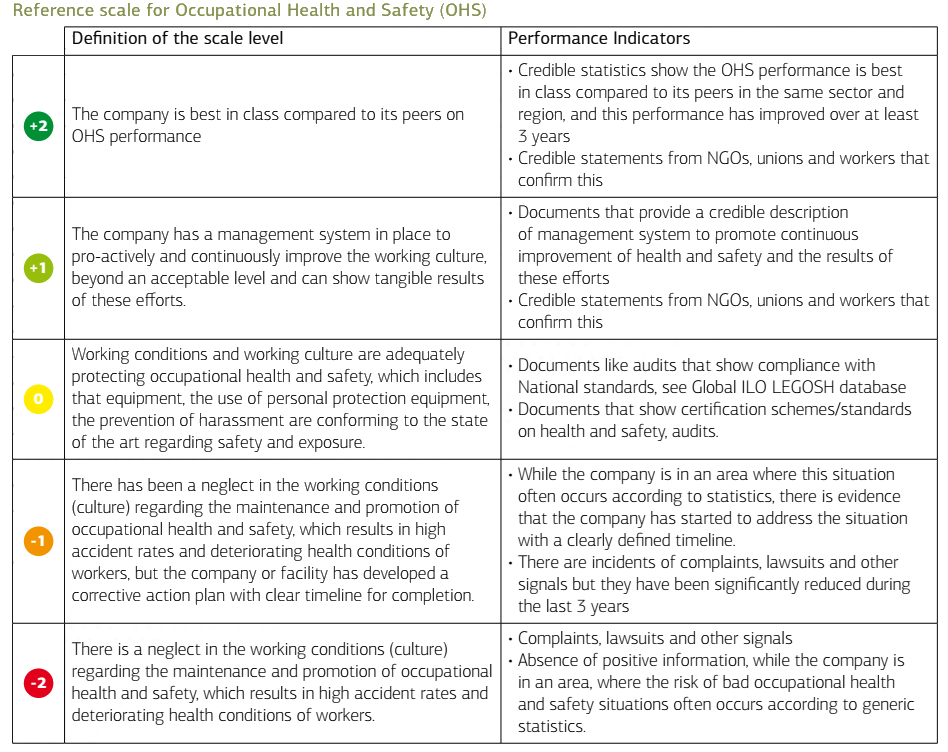

Source: International Integrated Reporting Council

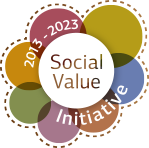

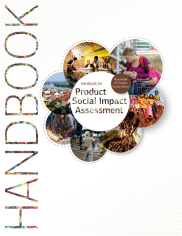
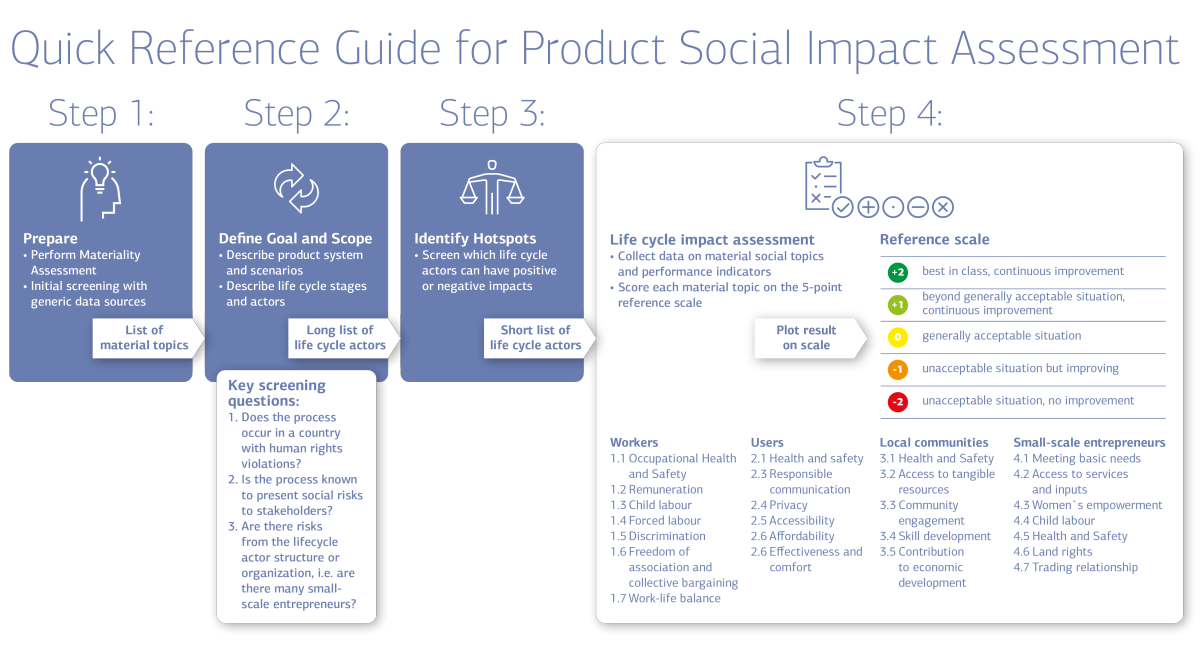
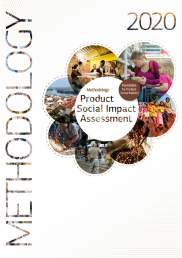

The Social Topics Report
The Social Topic Report contains the definitions, reference scales and performance indicators for all social topics for the four stakeholder groups. It also contains many links to important data sources for each topic.
In 2020 all social topics where reviewed and better linkages were made with international standards and guidelines. This also resulted in a new set-up of the reference scales with clear guidance on how you can develop from an unacceptable situation to the development of positive impact impact and therefore a contribution to shared value. In 2021 we continued improving by adding clarifications and examples, but the content of the reference scales was not changed.
Below an example is given on how the scale for Occupational Health and Safety for workers is defined in the Social Topics report. The first column contains the scale levels; the second contains the description of the level and the third provides the performance indicators. These are generally described as true/false. Data collection is done on the performance indicator level; not that only one Performance indicator needs to be assessed. The introduction of the report provides some further instructions. For a deeper understanding of how the scales have been developed we refer to chapter 4 of the Methodology Report.